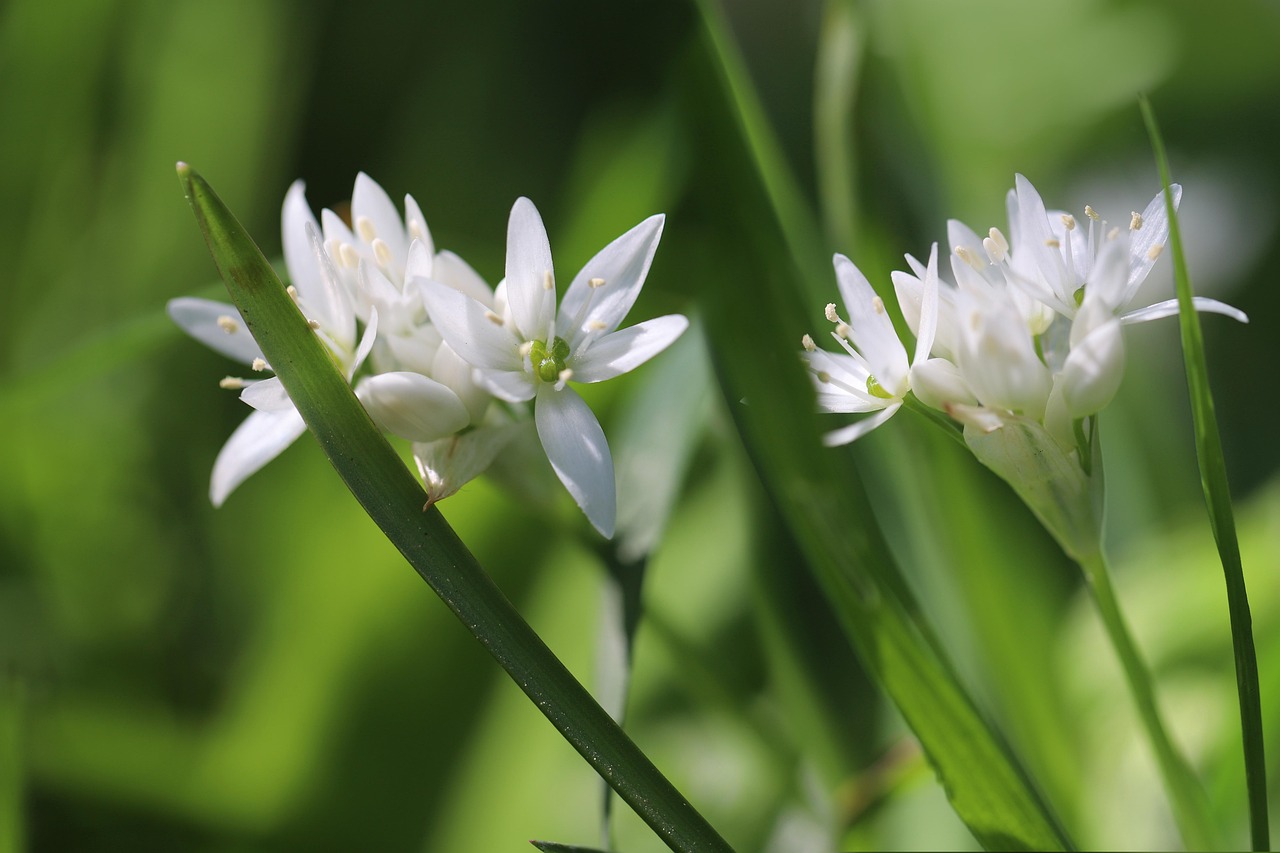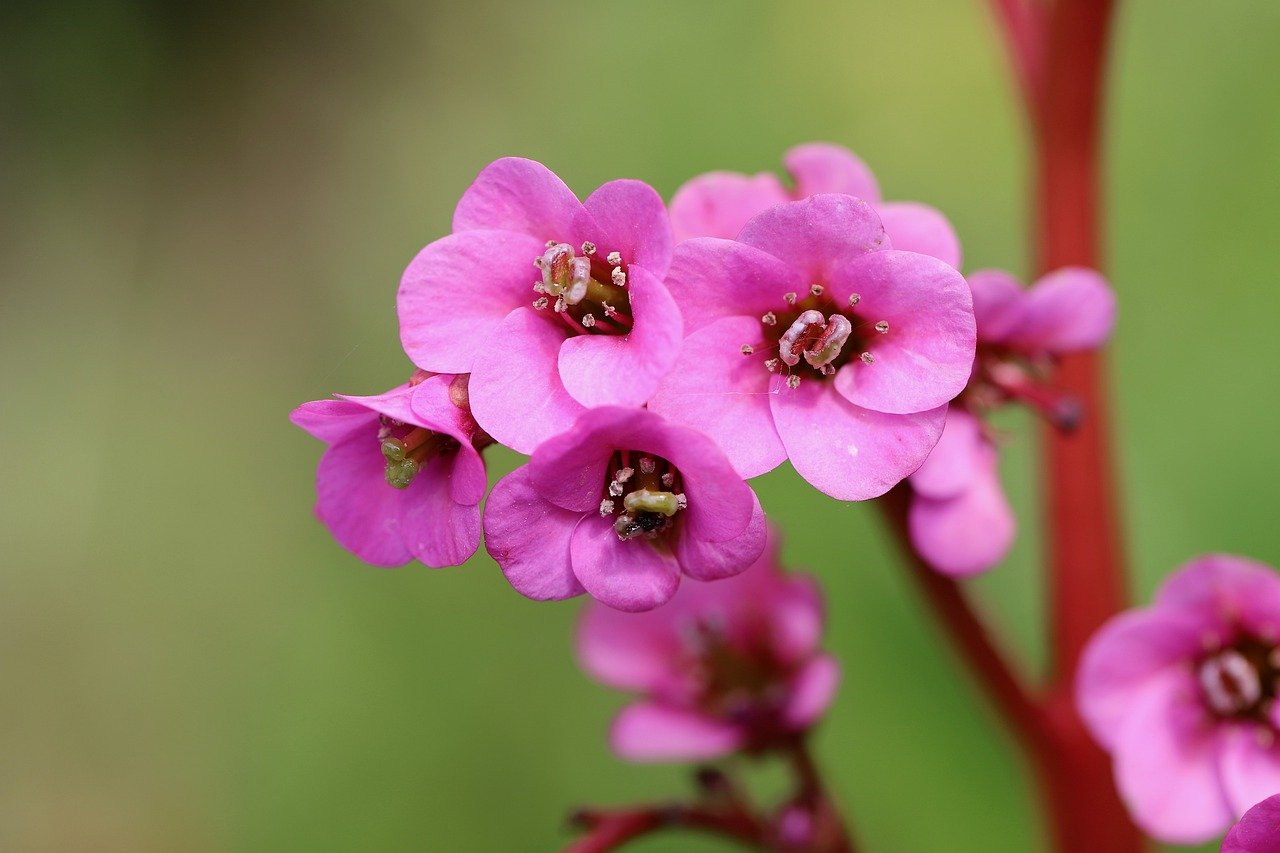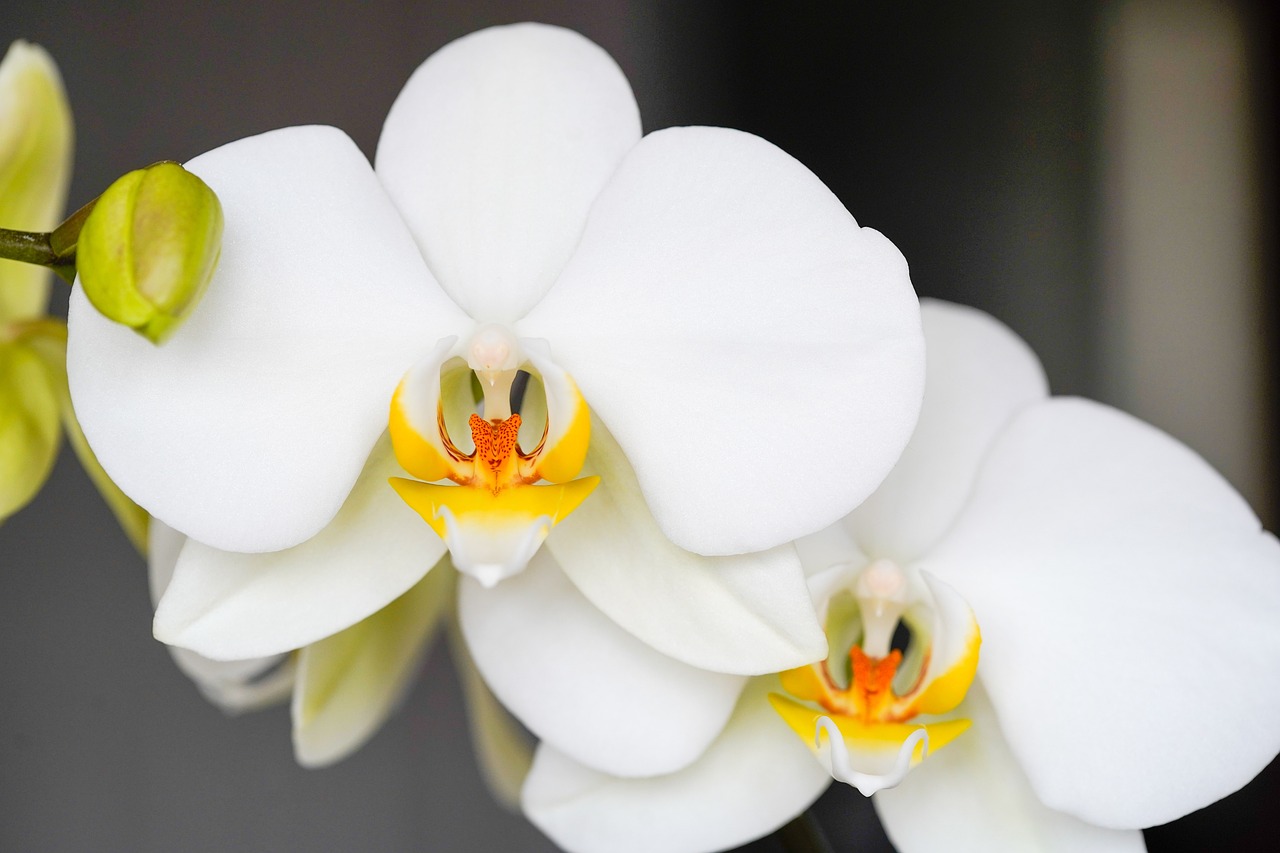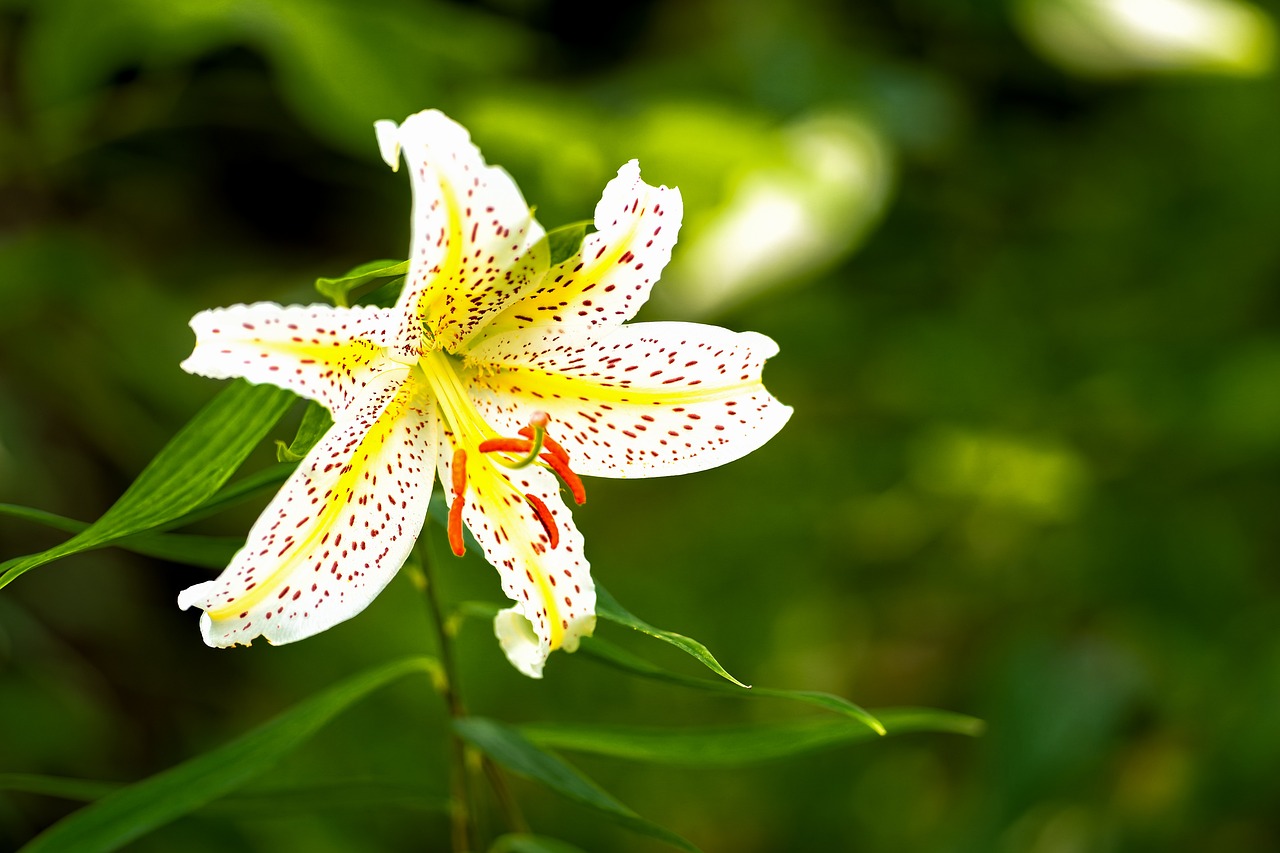Wood Cranesbill | The Pastoral Blue Flower Blooming in Historic English Gardens
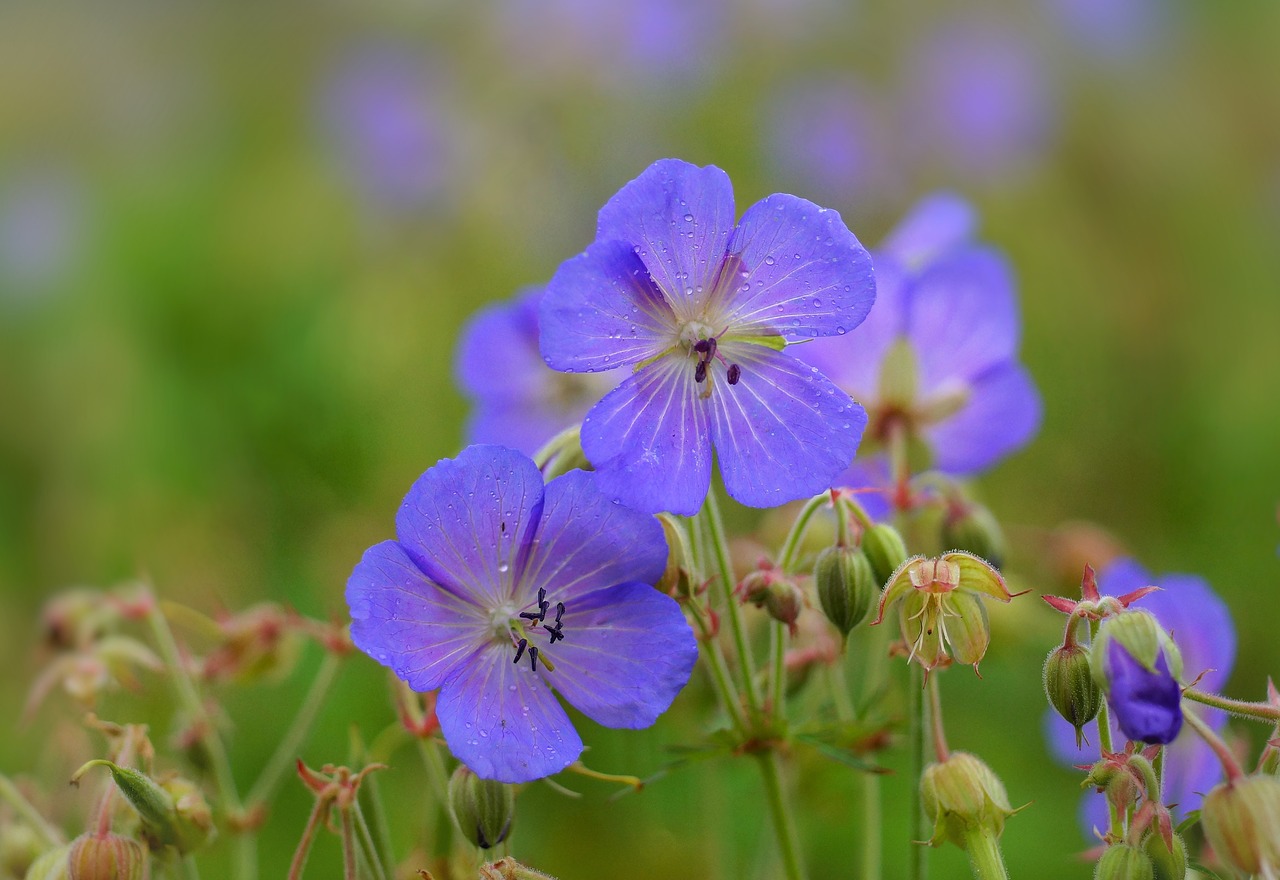
The wood cranesbill is a perennial plant that produces refreshing bluish-purple flowers in early summer and is native to the cooler regions of Europe.
Its finely divided leaves and delicate blossoms make it an ideal choice for naturalistic landscaping. It is widely appreciated in natural gardens, forest parks, and traditional garden styles.
In this article, I will provide a detailed explanation of this plant’s botanical characteristics, cultural background, historical records, and practical knowledge for cultivation.
Basic Information
- Scientific name: Geranium sylvaticum
- Family: Geraniaceae
- Origin: Northern to Central Europe, parts of Asia
- Appearance: Flowers are about 2–3 cm in diameter, in shades of bluish-purple, light purple, or white, with five petals spreading radially. The leaves are palmately divided with deep lobes and covered with soft hairs. Plant height ranges from 30 to 60 cm.
- Flowering season: May to July
Cultural Characteristics Worldwide
The wood cranesbill thrives in cool, humid climates and is well known in Northern Europe, particularly Finland, where it is regarded as a familiar wildflower.
In Finnish, it is affectionately called metsäkurjenpolvi (“the forest crane’s foot”) and is considered important in nature reserves and forest education. Finnish school curricula and plant guides often highlight it as a representative native species, making it part of the nation’s botanical culture.
In the United Kingdom, it is known as “wood cranesbill” and became indispensable to garden design from the Victorian era onward, especially in naturalistic planting. It is valued for creating natural flows of vegetation at the base of trees and along woodland edges, and it can still be found in gardens managed by the National Trust today.
In France, Germany, and elsewhere, it is also recognized as a native species included in ecological conservation projects, which shows that its role extends beyond ornamental use to cultural and ecological significance.
Historical Episodes
The history of the wood cranesbill dates back to medieval monastery gardens in Europe.
Monks valued harmony with nature and planted wood cranesbill as both a source of visual comfort and a symbolic presence.
Between the 16th and 18th centuries, it was studied in the Alpine and Scandinavian regions as a subject of natural history and botany. It appeared frequently in European botanical illustrations.
Notably, British botanist John Ray and Swedish naturalist Carl Linnaeus included Geranium sylvaticum in their classification and observational records.
During the 19th century, under the influence of Romanticism, the plant was chosen for garden designs that sought a poetic and wild atmosphere, rather than artificial arrangements. It also featured in the Picturesque garden style, a precursor to natural gardens and wildflower landscapes.
Gardening Advice
The wood cranesbill prefers cool climates and slightly moist soil. Once established, it blooms reliably every year. Below are key cultivation points:
Light
Partial shade to dappled sunlight is ideal. Too much direct sun can cause leaf scorch, so planting under deciduous trees is recommended.
Watering
Water when the surface soil begins to dry. Avoid drought, but also be cautious of root rot from overwatering.
Soil
Prefers well-drained but moisture-retentive soil. Adding compost or leaf mold improves stability and root growth.
Fertilizer
Apply slow-release fertilizer in spring, or liquid fertilizer once a month during the growing season, to encourage healthy leaves and flowers.
Pruning/Management
Cut back flower stems after blooming and maintain good air circulation to prevent pests and diseases. It self-seeds modestly.
Wintering
Highly cold-hardy and able to survive snowy winters. For potted plants, avoid freezing by keeping them in sheltered locations.
Conclusion
The wood cranesbill is a perennial native to northern and mountainous regions of Europe, with rich cultural and historical significance.
Its presence as a national plant in Finland, its role in English garden culture, and its contribution to botany since the 16th century all highlight its multifaceted value.
Today, it is also appreciated as part of landscape conservation and naturalistic planting.

